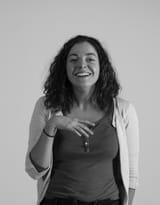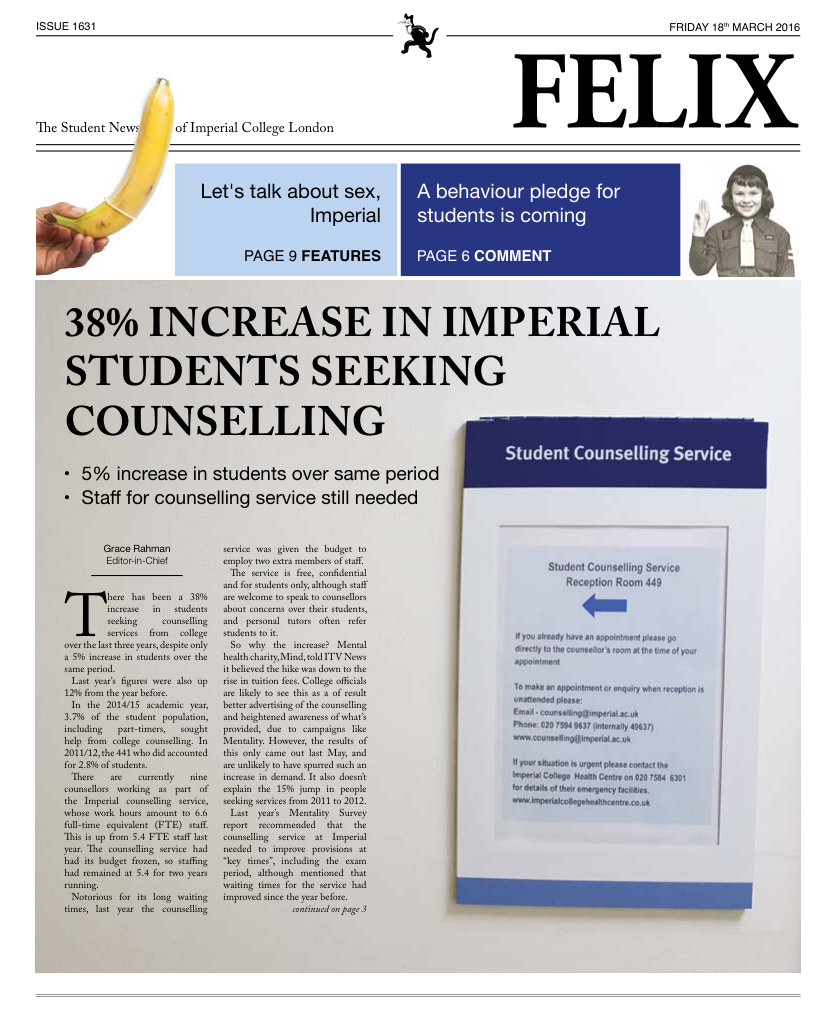Science, what’s good?
This week's science news
Mechanical heartbreak fix
Mechanically patching up a ‘broken’ heart may soon be possible thanks to Tal Dvir and Ron Feiner. They have integrated electronics with living tissues to produce the “cyborg heart patch”. The patch acts like an organ, but is powered by a machine, regulating heart contraction and expansion. With 25% of patients on the US waiting list dying before getting a heart transplant, this medicinal technological revolution has the potential to save millions of lives, as the patch can replace any damaged heart tissue. In addition, the patch enables real-time monitoring of the patient's heart rate, and can intervene to modify heart pace and activate regenerative drugs if required from afar. Practical implications of the technology, however, may take some time.
Feiner et al 2016 @ Nature materials
Black hole flashes red
Stripping away stardust, 7,800 light years away, v404 Cygni is a black hole that still manages to dazzle astronomers, by flashing violent red in displays of destructive power, as material from an orbiting star is devoured. These red light flashes are, well, just that – flashes that last a fraction of a second, as matter spurs from the black hole. V404 Cygni was the first black hole to be identified in our galaxy, but from June 2015 onwards, the black hole brightened in dramatic sporadic bursts, providing new insights into the formation of such jets and the working of black holes. Lead author Dr Poshak Gandhi, Associate Professor and STFC Ernest Rutherford fellow at the University of Southampton explains “the high speed tells us that the region where this red light is being emitted must be very compact. Piecing together clues about the colour, speed and the power of these flashes, we conclude that this light is being emitted from the base of the black hole jet”. Black holes just got a little bit brighter.
Gandhi et al 2016 @ Oxford Journals
Photosynthetic past revealed
Imagine a world absent of oxygen. Suffocating, no? Until about 3.5-3.8 billion years ago, our fossil records indicates that photosynthesis was a process which simply did not exist. A reaction, which now seems simple; a process taking sugar and water, using the sun's energy to produce oxygen. Scientists pinpointed this revolution, responsible for a great leap in terms of species quantity and diversity, to the basking bacteria of Morning Glory Pool, Yellowstone National Park. These bacteria use a primitive form of photosynthesis, one which does not produce oxygen, and were till recently thought by scientists to be the first life forms which did so. However, study author Dr Tanai Cardona, from the Department of Life Sciences at Imperial College London, claims that “the picture that is starting to emerge is that during the first half of Earth’s history, the majority of life forms were probably capable of photosynthesis”. Photosynthesis is likely to have occurred in bacterial species, before those around today.
Cardona 2016 @ Plos One
Breast milk or bottle?
As the number of mums seeking alternatives to natural breastfeeding increases, the demand for artificial infant milk sources similarly rises. Scientists are put under more and more pressure to develop a formula which can measure up to the natural stuff. It is widely known that breast-fed infants show reduced eczema and allergy risk compared to those fed by bottle. However, many studies have claimed hydrolysed milk formulas help reduce the mitigating impacts of bottle feeding, closing the health benefit gap between milk from the breast compared to milk from the bottle. To further investigate these claims, a recent study conducted by the Department of Medicine at Imperial College London, analysed 19,000 participants, and found no evidence supporting them. Publication bias is thought to have previously found this supposed link between the hydrolysed formula and a reduced infant risk to eczema and allergies. Once again the scientific community has come under scrutiny.
Boyle et al 2016 @ the BMJ
Skip diving storks in trouble
Turns out humans are not the only junk food lovers. Scientists at the University of East Anglia have observed a complete behavioural change in storks brought about by human activity, and the momentous amount of waste that we produce. Storks have thrown in the towel for maintaining their active lifestyle. The Europe to Africa winter annual trip is proving to be too much of an effort. Lounging around on landfill sites, gauging on leftover bargain buckets does seem like a good compromise. However this lifestyle is very temperamental, with new EU directives scheduled to turn such landfill sites to new facilities whereby the food waste will be handled under cover, forcing storks from their couch potato lifestyle. All sarcasm aside, this will cause problems for the storks as they will need to find an alternative winter food supply; a problem which will affect chick fledging success, migratory decisions, breeding locations and stork distributions.
Gilber et al 2016 @ BioMed Central









